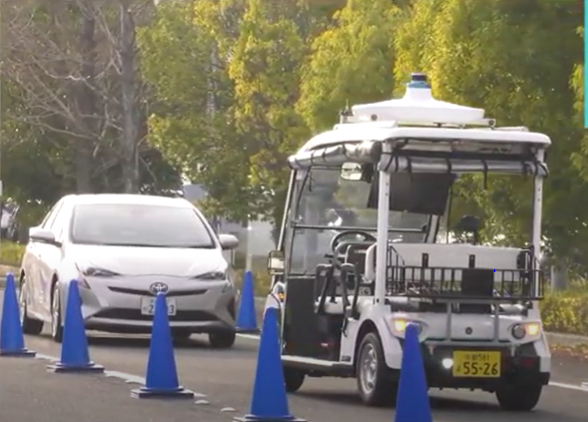
Real time traffic information delivery to city roads in smart cities
Real time delivery of traffic information

There are several ways to cope with the occurrence of traffic jams in urban areas where there has been remarkable growth in the automotive sector, Widening roads, setting up better public transportation systems are some of the most effective mechanisms in tackling traffic congestion, however these are not always feasible in all urban locations due to factors such as high costs, lack of space and lower population density. Zero-Sum focuses on maximizing the use of existing road infrastructure by optimizing road usage based on real time traffic conditions, traffic patterns and road occupancy. Although ITS has many fields such as advanced traffic signal management and other such areas, Zero-Sum focuses primarily on providing real time traffic information & distribution. Zero-Sum, can develop and provide an entire traffic distribution system with alternate route information. Information can be gathered from several sources and integrated to provide an end-to-end single output solution, thereby reducing costs and shortening delivery time.
Traffic Information System - Overview

The traffic information system consists of three key components: (1) Acquiring traffic information, (2) Generating traffic congestion information, and (3) Distributing the traffic information system consists of three key components: (1) Acquiring traffic information, (2) Generating traffic congestion information, and (3) Distributing traffic congestion information. (1) While acquiring traffic information, traffic data such as traffic volume, speed, car length, occupancy etc. of a vehicle traveling on the road is acquired from the traffic volume sensor installed on the road in real time. (2) To generate traffic congestion information, the traffic data acquired is mapped onto the map data (road link info) to generate traffic congestion information. We also acquire and provide traffic incident information (accident information, regulatory information) from the traffic police and other available resources. (3) For the Traffic information distribution, the traffic congestion information generated is delivered to traffic information boards (VMS), smartphones, unified access screens, etc., in real time. The entire information distribution between each process outlined above can be done through mobile communication, thereby reducing installation cost and installation to a greater extent.
Pilot project in Ahmedabad, India

In November 2013, JICA adopted our ITS project under their private SME technology demonstration which allowed us to implement and demonstrate our traffic information distribution system in the Western part of Ahmedabad city in the state of Gujarat in India. In this project, we were able to demonstrate the working of our ITS solution under the harsh summer temperatures of over 50 degrees Celsius, we were also able to demonstrate the working of a unique business model which utilized half of the information display boards screen space for the display of commercial advertisements. The revenue earned from these commercial advertisements were used to offset the project maintenance costs. The project was launched on October' 2014 and the solution is running successfully without any break-downs or technical glitches. The event was widely covered by over 100 local, national and international media agencies as this was the first such ITS solution that provided real time traffic information to motorists. Our demonstration was successfully completed and thereafter handed over to the local civic agency who in turn appointed Zero-Sum as the agency responsible for the maintenance and operation of the solution. Further, due to popular public acceptance of the solution, the civic agency has appointed Zero-Sum to replicate similar solutions across the newly developed River-front road in Ahmedabad. Currently the system is being implemented and should ready for public use in early 2017.
ITS business model

The PPP (Public Private Partnership) model of project implementation is now becoming the most popular model for the implementation of infrastructure projects all over the world. It primarily involves building pubic infrastructure through private capital. Our 2nd project in Ahmedabad city uses PPP model to cover project maintenance costs, based on the success of the model, Zero-Sum has been granted a 30 year concession to implement a similar project on the Riverfront Road of Ahmedabad using PPP mode of implementation. Recently the Indian government launched the '100 Smart cities' initiative to convert 100 selected cities into smart cities with a budget of over USD 10 Billion. The 'Smart Cities' project scheme will use the PPP model for the conversion of the cities into 'Smart Cities' with Traffic Information distribution forming a key component in the project plan of all 100 selected cities.


